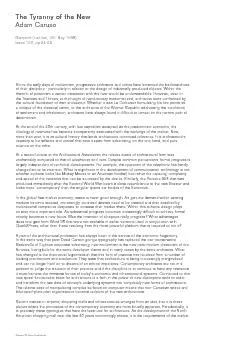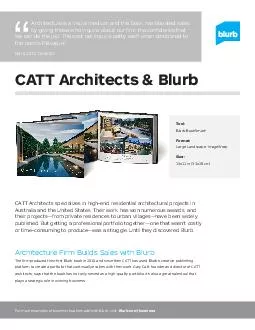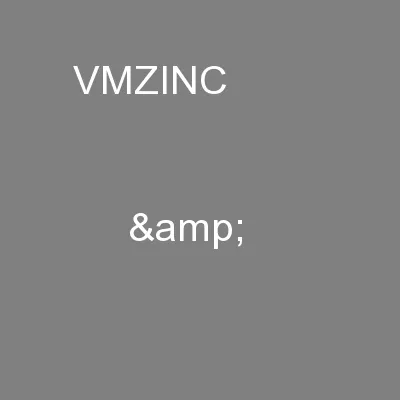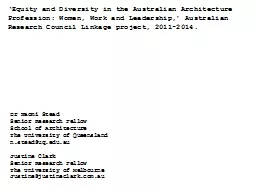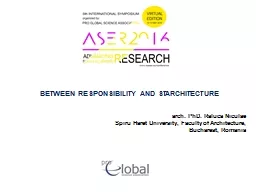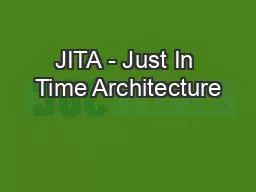PDF-Caruso St John Architects
Author : pamella-moone | Published Date : 2015-11-23
The Tyranny of the New Adam Caruso Blueprint London UK May 1998 Issue 150 pp2425 Since the early days of modernism progressive architects and critics have lamented
Presentation Embed Code
Download Presentation
Download Presentation The PPT/PDF document "Caruso St John Architects" is the property of its rightful owner. Permission is granted to download and print the materials on this website for personal, non-commercial use only, and to display it on your personal computer provided you do not modify the materials and that you retain all copyright notices contained in the materials. By downloading content from our website, you accept the terms of this agreement.
Caruso St John Architects: Transcript
Download Rules Of Document
"Caruso St John Architects"The content belongs to its owner. You may download and print it for personal use, without modification, and keep all copyright notices. By downloading, you agree to these terms.
Related Documents

